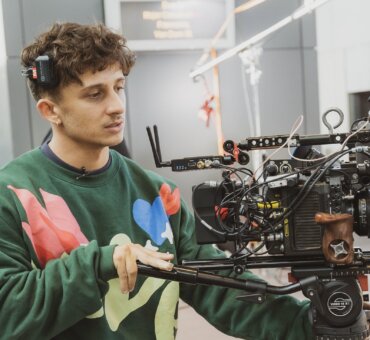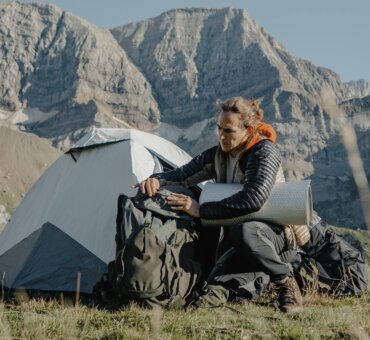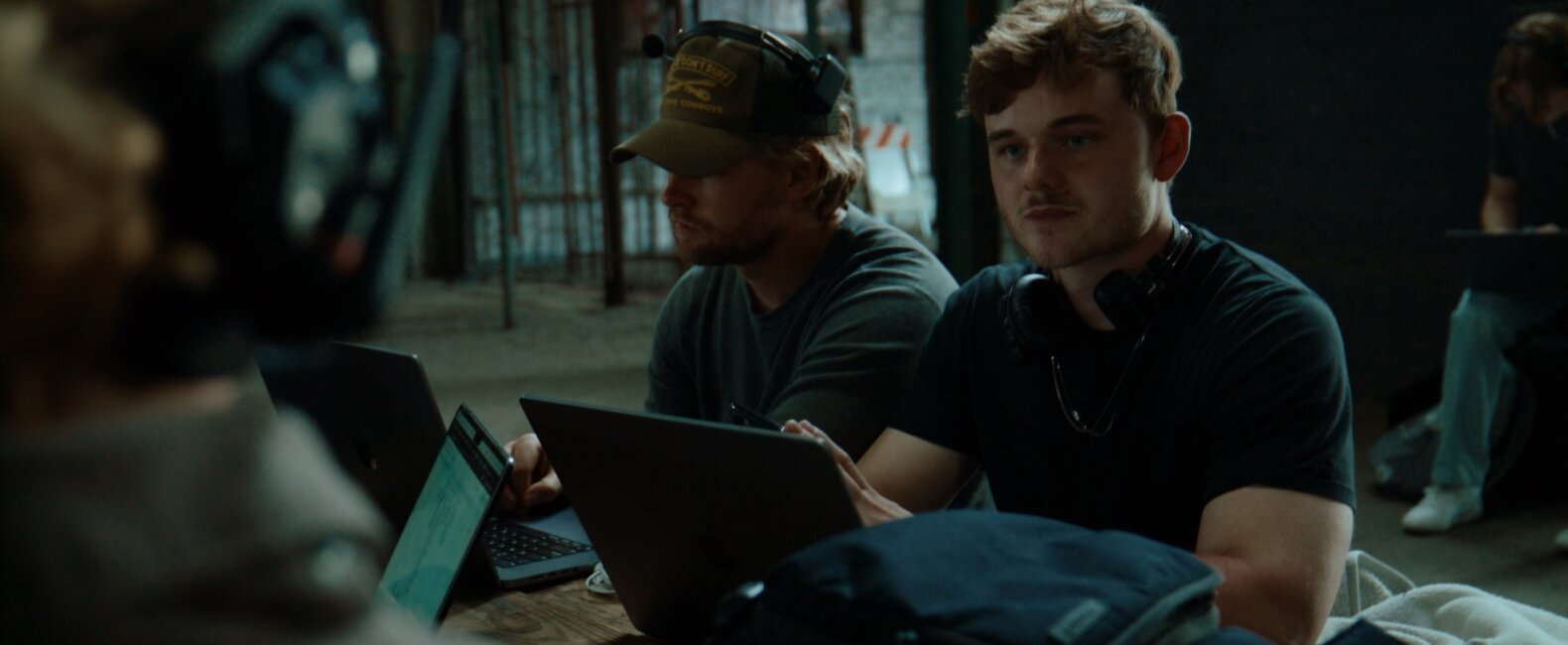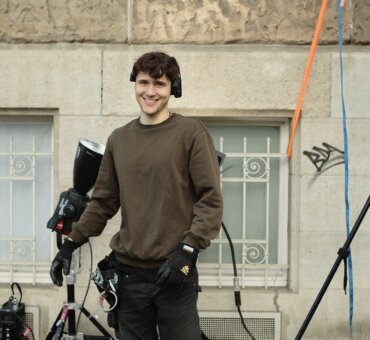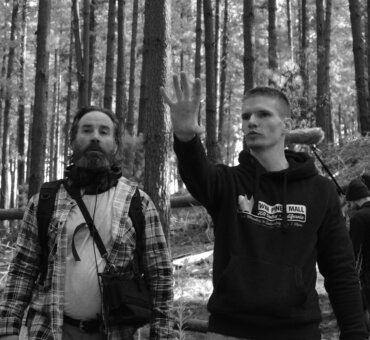Effortlessly blending VFX, FPV, and Motion Design, LA-based director Mitchell Mullins has created abstract, futuristic work for global brands like Adobe, Porsche, and others. Read his interview below to learn more about what keeps him inspired, his advice for new filmmakers, and why he utilizes Musicbed to find the right music for his films.
Musicbed: What sparked your passion for filmmaking/storytelling?
Mitchell Mullins: Movies can take us to another world; like many other six-year-olds, I was captivated by the idea that I could live there. My curiosity got the best of me, so I began setting my parent’s camcorder to recreate movie scenes shot by shot. Looking back on many childhood memories, I remember my brother and I choreographing a sword fight or acting out our favorite superhero moments. My father introduced me to Windows Movie Maker on our home computer, and I began obsessively cutting together clips from our films. Later into my teenage years, I picked up the camera again to film action sports and stumbled into the world of video editing. Unbeknownst at the time, these moments were some of the first steps toward a lifelong obsession with filmmaking.
What keeps you motivated and creatively inspired?
I’ve always believed that motivation is temporary, but passion is forever. The people with a burning desire for life inspire us to be the best we can be. I’m grateful to call some of the most loving and creative people I know friends and family. Regarding creativity, the constant conversation around art, film, and music keeps me engaged and reminds me of what’s possible. I’ve met my closest friends through this filmmaking journey and would like to think that anyone who puts themselves out into the world tends to bump into like-minded individuals with whom they can share the journey.
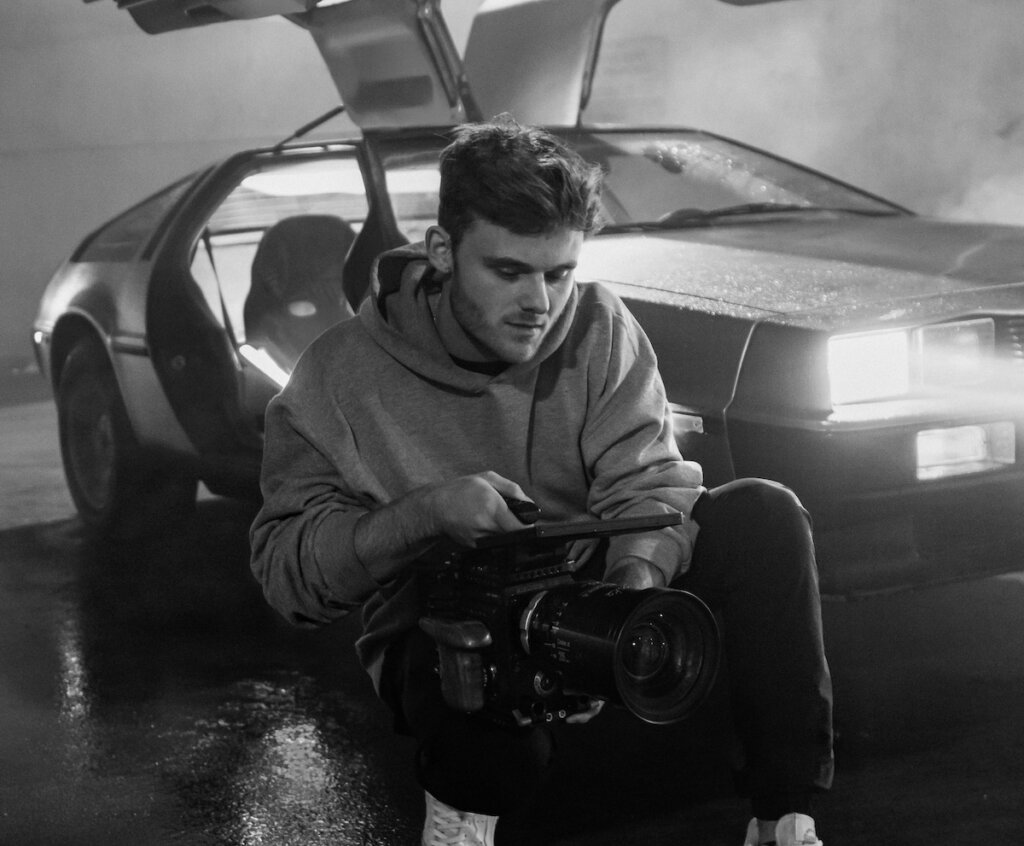
What makes a story visually appealing? What role does music play in storytelling?
Making a story visually appealing comes down to novelty and familiarity. The key is bringing the audience somewhere they’ve never been but already know. With any story, there is always more to be said than what’s on screen. I like to think of each aspect of a film as a lens through which we see the world. Music is one of the most prominent and impactful devices in conveying emotion through a scene, allowing each moment to breathe and take shape across multiple planes of sensory experience.
What elements do you think are essential for crafting a compelling story?
Crafting a compelling story comes down to our ability to evoke emotion in the audience. It relies on fostering relatability and empathy towards the characters and situations we depict in our films. Stories are compelling by nature, but great stories challenge how we see the world; they let us know what else is out there and what we might be capable of. As stated before, a great story takes the audience somewhere they’ve never been but somewhere they already know.
How important is music in your work?
Music has always set the stage for every part of the creative process. During the project’s ideation phase, I bounced between different songs and genres to get as wide of scope on my ideas as possible. We’ll commonly lay songs in the timeline before the production to get a feel of the motion and energy behind each scene. From ideation to execution, music is one of the most fundamental parts of the creative experience. I’m always seeking ways to deepen our understanding of good music and how it comes across to the audience.
What advice would you give other filmmakers/creators just starting their careers?
If there were any advice I could give, it would be to stay curious. If anything has rung true in my creative journey, it’s how valuable mixing inspirations from all walks of life is. Creativity is a holistic practice; the process may differ, but the understanding is the same. I’ve always said, “Your style is your preference,” and from the infinite amount of things there are to pursue, our ability to combine our interests is at the core of doing work that is not just unique but is genuinely authentic.
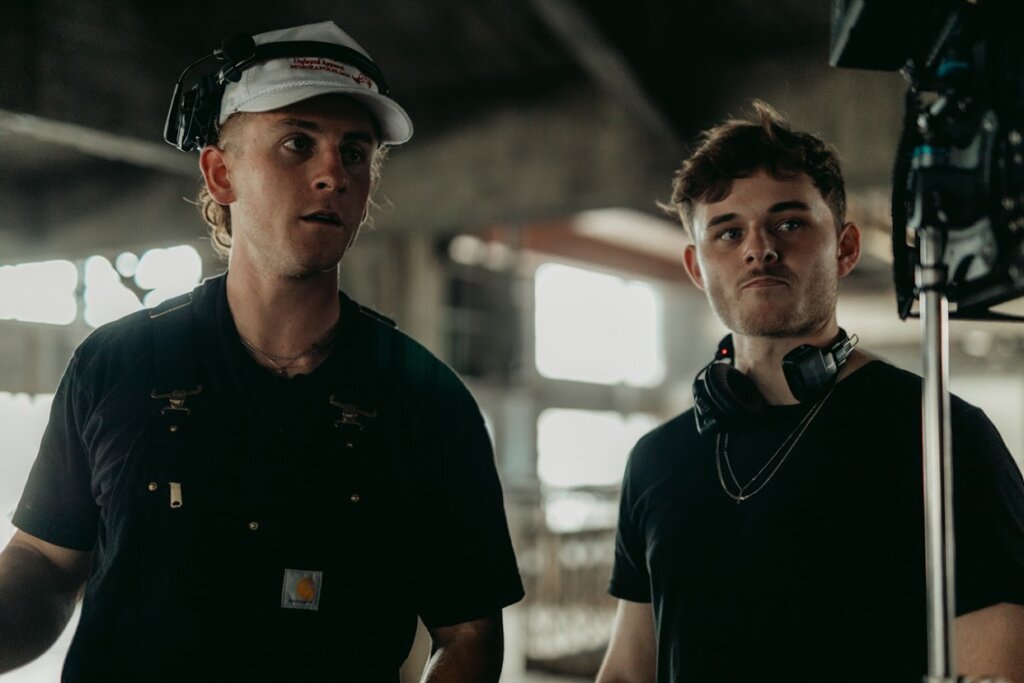
How do you balance pushing boundaries creatively and delivering what your client or audience wants to see?
There is a fine line between pushing the boundaries creatively and delivering for the client and audience. I always begin with the end in mind; what are the objectives, and what is the most concise way to move our audience from point A to point B? Getting a lay of the land and ensuring our concepts encompass the entire scope of work. No project is completed by doing the bare minimum. It’s our job as artists to paint our style and ideas into areas of the production we see fit. When pushing our creative boundaries, I’ll often ask myself, “What would this look like taken one step further?” Great ideas are just a step or two further than what we can already imagine.
What is the most challenging aspect of being a filmmaker/creative?
The most challenging aspect of being a filmmaker is being able to put it all together. Many artists have great ideas, but the catalyst for our abilities lies in bringing our visions to life. I can navigate the chaos by writing my ideas down. Ideas, by nature, are fleeting; if we don’t capture them, they’re lost. “Nothing is real until it’s on paper,” an adage reflecting the whole filmmaking process—the journey from concept to concrete. By exploring our thoughts through writing, we can lay the foundation for building, revising, and bringing our ideas to life.
What are some of your favorite projects you’ve worked on?
Three always come to mind:
- RIVIAN – “Carry Us” (co-directed with Nick Dean)
- Soundmint – “Back In Time”
- Adobe – “Altered State” (co-directed with Alex Broadstock)
Collaboration is at the core of the process throughout all of these projects. It can’t be overstated how valuable and humbling it is to work closely with other talented directors and filmmakers. Working on dozens of commercial projects yearly, I always seek a reason to collaborate with other talented filmmakers. Getting to put our minds together to create something greater than what we could have done on our own. That’s what it’s all about pushing the game forward one project at a time.
How do you search for music on Musicbed? What tips would you give other filmmakers to search on Musicbed?
When searching for songs on Musicbed, I first look for the curated playlists. Finding something that catches my attention is the first step. Then, I’ll dive into the artist’s discography, seeking similar songs and related artists. There is so much good music out there, and it’s up to us to find it. It all goes back to the same philosophy: stay curious and open; you have yet to learn what you’ll see.
Why do you utilize Musicbed in your work?
Whether it’s a commercial project or a passion project, music licensing is a commonly overlooked but crucial step in locking in the premium style of our work. Every step throughout the creative process is vital. The truth is quality matters; if the sound of our work is just as important as the visuals, then it’s worth the time and effort to maximize our creative efforts.
—
Explore a curated playlist of Mitchell’s favorite music to use in his films—all available to license only on Musicbed.


























































